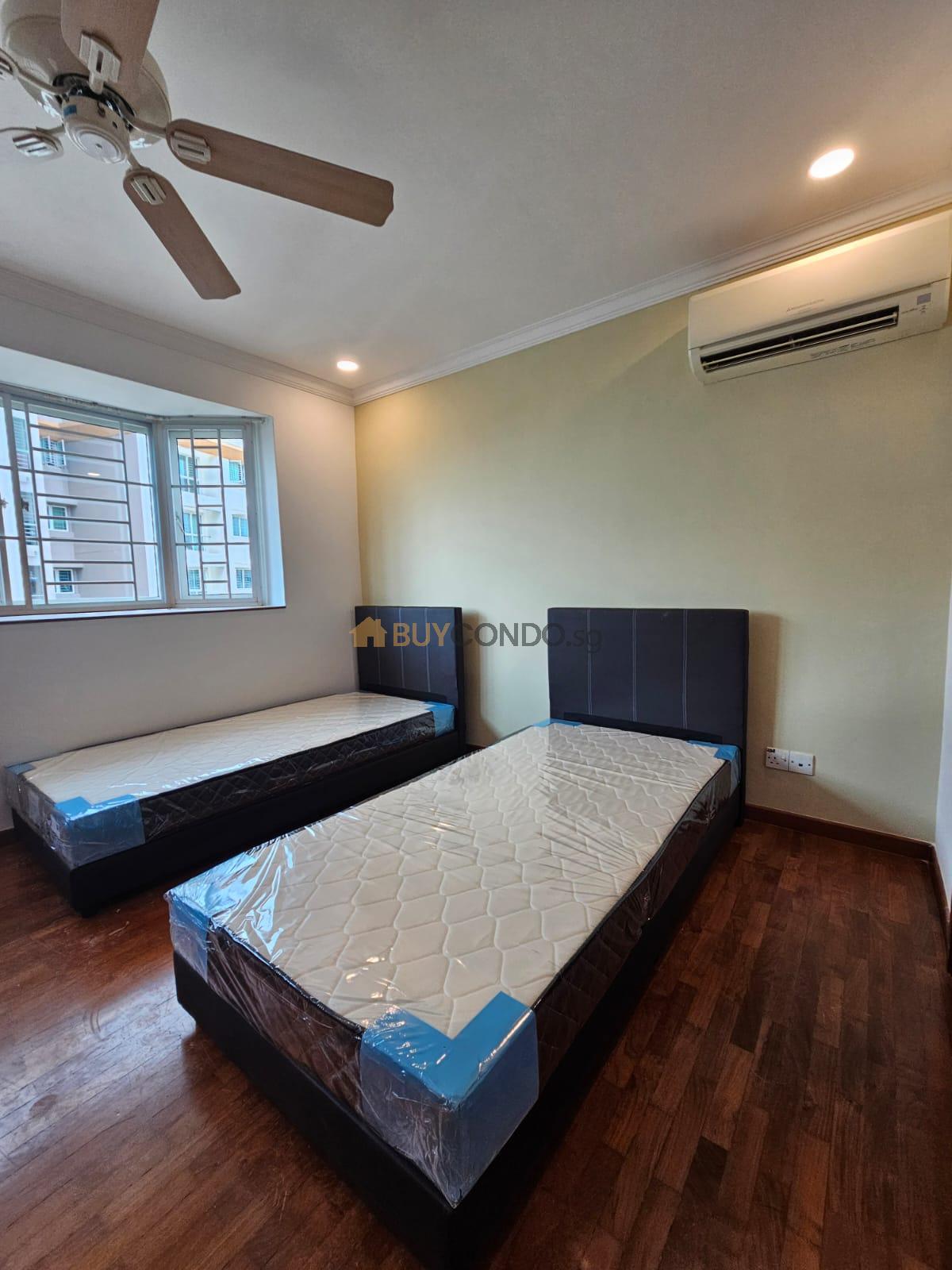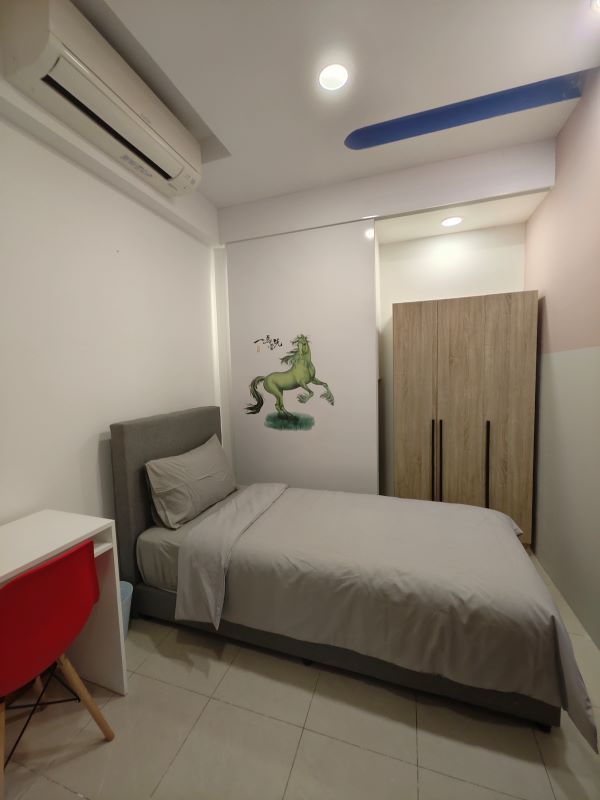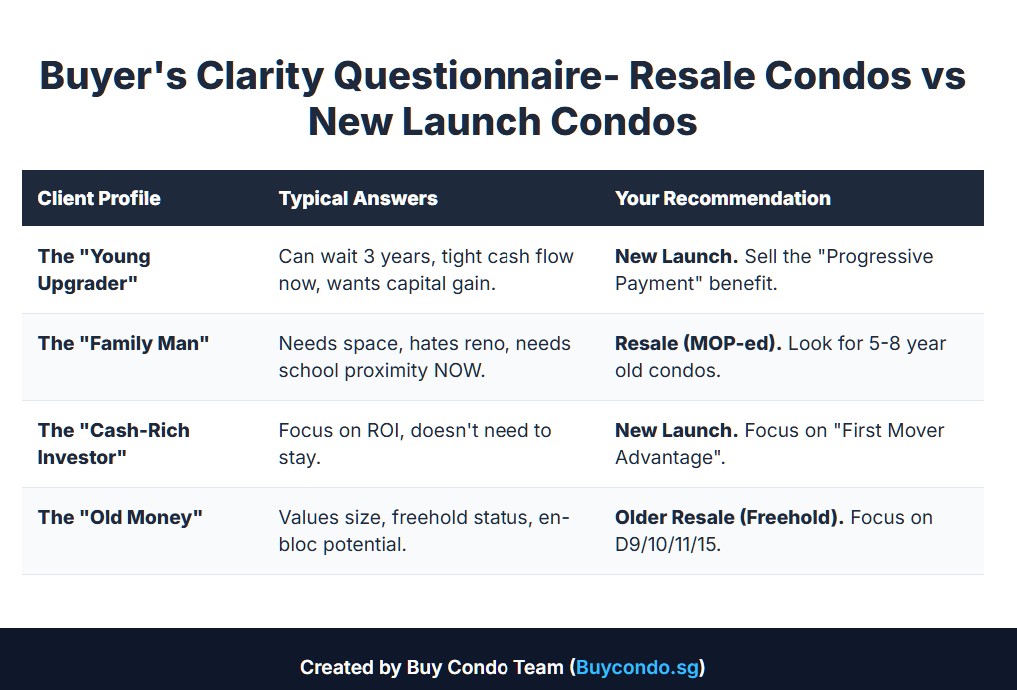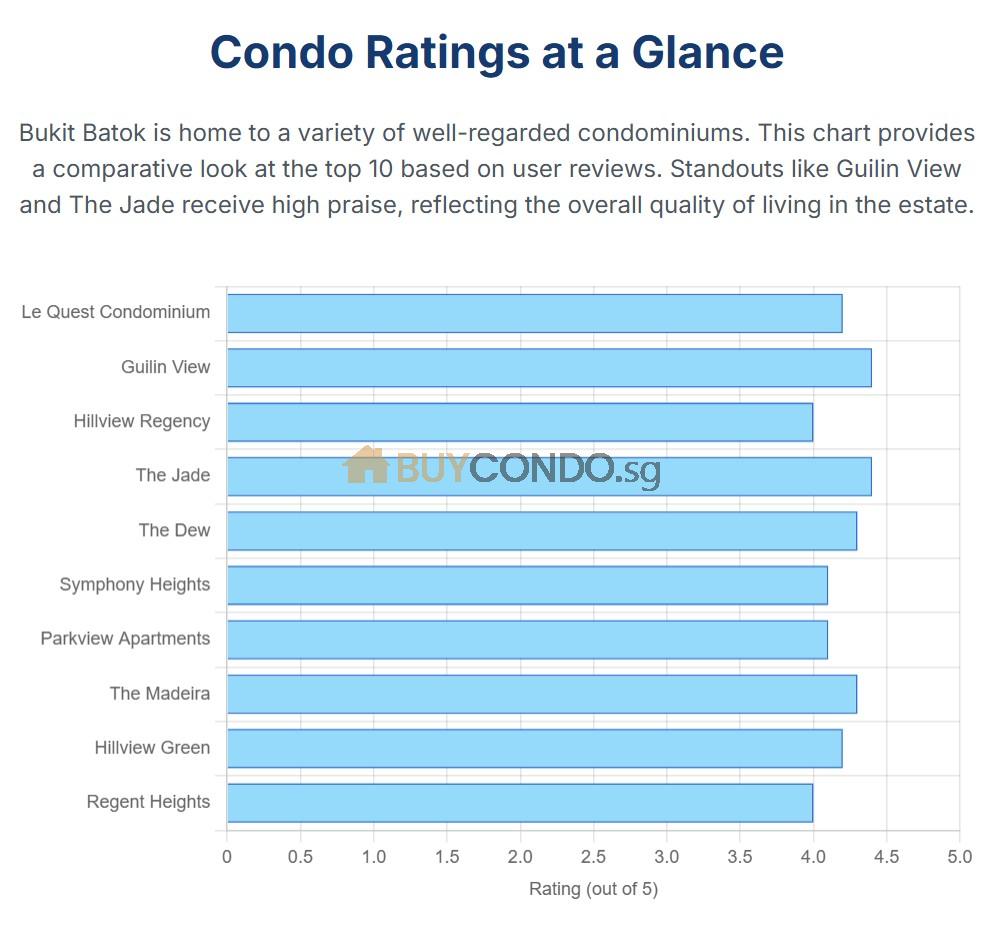Estimated Cost for Converting a Condo Unit to a Co-living Apartment in Singapore
When we are usually thinking how much can it cost just for some partition walls there are alot of hidden cost to it.

Renovations Cost
Includes Paintings Erection of 2 Partition Walls (With Insulation Wools), Electrical and Lightings that Full Conversion from PLC Downlights to LED Downlights.
$6,500
New Curtains (Refresh Appearance by Accessories)
$1,200
Aircon (System 2 for Conversion of Living and Dining Area)
$3,400
Deep Chemical Cleaning
$350
Total $11,500
Furniture Cost
While You can buy online and you will see how much average a Single bed and mattress Cost, you may need to buy around 8 Bed and mattress as well as study desk chairs and wardrobes. That can be another $3,000.
Security Deposit Cost Refundable
Usually 2 – 3 Months. Presuming the Rental of $5,000 x 3. Together with the Renovation Cost and Furniture Cost,
You want the do a coliving business be prepared to to standby $35,000 – $40,000 Minimum.
“The need for shared living will only increase as urban areas grow bigger and homes get pricier,” said Ryan Simonetti. He is the co-founder of Convene Colive in Singapore. He spoke about the rise of co-living in the city, showing a great chance for landlords. They can change a condo unit into a co-living space and profit from new housing trends.
Millennials and those whose jobs let them travel a lot like the idea of living together. By changing usual rental homes into stylish shared spaces, landlords can earn more money. Yet, making more cash from co-living means balancing happy tenants’ needs with smart spending on upgrades.
To make conversions work, landlords in Singapore must plan their spending carefully. This way, they can enter a rewarding market without risking their investment. Having a clear money plan for refitting, reconfiguring, and renovating property is key to success here.
Key Takeaways
- Co-living spaces are favored by younger adults and professionals on the move.
- Turning regular rentals into shared homes can lead to greater rental income.
- Balancing profits with extra spending and rules is important.
- Taking time to plan and execute these changes leads to success.
- Managing costs and keeping renters happy are vital steps.
Maximizing Revenue Models
Boosting profits in co-living spaces in Singapore takes a smart plan. It means thinking deeply about rental pricing strategies and finding new ways to make money on the side. By doing this, landlords raise their property reconfiguration fees and make more money
Rental Pricing Strategies
Setting the right rental housing transformation outlay is key to making money in co-living. Start by checking what competitors are charging and looking at what renters in your area prefer. Then, set prices by the room size or the cool features each room offers. Add some extra to cover things like fixing stuff and everyday wear and tear. This helps you keep your finances healthy. You can also offer better prices to those who stay longer. This keeps your rooms full and your income steady, no matter how the market changes.
Exploring Ancillary Income Streams
Outside what you make in rent, getting creative with how you earn can work wonders for co-living spaces. Add things like vending machines, laundry, extra storage, or fun events. Teaming up with local businesses can also help. It all brings in extra cash without putting a big strain on what you’ve already spent.
When landlords use these smart strategies together, they get the most out of their investments in Singapore. It helps these property projects stay strong and keep making money over time in the co-living world.
Cost Management Tactics for Co-Living Operators
In the lively co-living world, using smart cost management tactics is key. It helps operators keep their business profitable over time. They need to take care of shared spaces, so they stay welcoming without spending too much. This also helps protect their Singapore real estate investment.
Optimizing Common Area Maintenance
Places where people live together are the heart of co-living. They help form friendships and make living better. Keeping these communal living areas clean and in top shape is vital. It draws in and keeps those who care how their living space looks.
Getting top-notch service providers for cleaning and maintenance can make common areas shine. This makes tenants happy and might even bring in new ones through recommendations. But, it’s also good to have residents help take care of these areas. It makes them feel more responsible and builds community.
Regular checks and asking tenants for feedback help see how well maintenance works. This lets operators nip any problems in the bud and get even better over time.
Mitigating Wear and Tear
Co-living spaces get more wear and tear because they’re shared. It’s important to take steps to avoid this. This helps keep expenses low and ensures the spaces last for a long time.
Putting in place a good plan for maintenance, teaching tenants how to take care of things, and choosing sturdy items can add years to these spaces. Looking at how things are used and what tenants say, along with smart changes, can save a lot of money over time.
- Establish a comprehensive preventative maintenance plan
- Educate tenants on responsible usage and care
- Invest in durable materials and furnishings
- Regularly review and refine the maintenance strategy
Managing co-living spaces well includes being proactive in maintenance and careful about spending. This way, operators can keep costs in check, make their investment last, and create a home that people love sharing.
Compare whether to have Partitioned Rooms or More Communal Space
When turning a condo unit into a co-living apartment in Singapore, it’s key to find the right mix of single rooms and shared areas. This balance affects how happy tenants are and the costs of revamping the place.
Private rooms give people their own quiet spot. In the city, this is really valuable. Yet, big shared spaces are what make a co-living renovation special. They build a strong sense of community. This is a big reason why people choose this type of living.
Choosing how to divide space is an important step. It depends on the condo size, who you aim to rent to, and what they like. Young workers might want more personal space to unwind from work. But students or those on a budget could love big shared areas, cutting shared housing remodeling costs down.
Finding the right balance between private and communal zones is critical. It meets many needs, boosts the space’s value, and makes sure your real estate investment in Singapore pays off.
Look at the table to see the pros and cons of private rooms versus shared spaces:
| Private Rooms | Communal Spaces |
|---|---|
| Give personal space and a place to relax | Build a strong community and shared living experiences |
| Are great for people who need quiet | Are ideal for those watching their budget |
| Need more work and money to set up | Use space better and cost less to change |
| Can be rented out for more money | Give more chances for sharing services and fun spaces |
The right choice depends on who you’re aiming at and the expected benefits. It’s good to think about both the immediate costs of changing the condo and the profit in the long run from your choices.

Whether you should do Co-living Yourself or Outsource to a Co-living Company
As a landlord in Singapore, deciding if I should cover the co-living renovation costs myself or hire a co-living company is key. Doing it myself means I have more control. Yet, knowledge of co-living dynamics and laws is a must. This path is trickier.
Working with a skilled co-living company means less daily work for me. They bring their A-game in design, getting tenants, and making a space attractive.
But, I’d have to share my profits or pay management fees. I need to think about what I value more: my time or making more money. It’s about balancing what I can do with what a company can do better.
If self-managing, I need to dive deep into how co-living works. It’s about keeping an eye on money spent, what renters like, and how to make a shared space amazing.
- Conducting thorough market research
- Developing a robust marketing strategy
- Implementing efficient property management systems
- Fostering a vibrant community atmosphere
On the flip side, choosing a well-ranked co-living company shifts the work off my shoulders. They know the game and have their own moves. But, measuring their success, what they can give me, and their costs is crucial. It ensures we both win.
Evaluating Revenue Potential for Co-Living Spaces
Investing in co-living spaces in Singapore means looking at many things. You have to carefully check the location. Good places, with lots of rental demand and things to do, can charge more. But, if the area isn’t great, you might find it hard to get tenants at good prices.
The size of the space and the layout matter too. So does how much is just for you and what you share. The right mix is key. Too little space to call your own, and people might not like it. Yet, too much shared space might not attract those valuing their privacy. And don’t forget about the amenities. Great shared areas, like kitchens and leisure rooms, can help set your space apart and justify higher prices.
Thinking about who’s likely to rent, like expats or students, is also key. They usually look for flexible and affordable places. Also, they like to be part of a community. So, these folks are a good fit for co-living spaces.
To really succeed, doing your homework is a must. A good market analysis, the right pricing, and smart marketing can really enhance your success. This can mean doing surveys, checking out the competition, and using facts to make your place look appealing.
Co-living spaces are becoming more popular as people look for new housing options. They offer a way for smart investors to both make money and build a community.
| Key Factors | Impact on Revenue Potential |
|---|---|
| Location | Prime areas with high rental demand and amenities can command premium rates. |
| Unit Size and Layout | Optimal balance between private and communal spaces influences pricing and occupancy. |
| Amenities | High-quality shared facilities can differentiate the offering and justify higher rents. |
| Demographics | Understanding target tenant profiles (e.g., expatriates, students, young professionals) is crucial for assessing demand. |
| Market Analysis and Pricing Strategy | Comprehensive market research and data-driven pricing models can maximize revenue potential. |
Understand and act on these factors. By doing so, investors can make the most of co-living spaces in Singapore. This can meet the needs of new renters and bring in good profits from their investment in property reconfiguration.
Legal and Regulatory Considerations
Starting a co-living space in Singapore means you must know and follow all laws. As someone looking to invest or own property in this area, navigating the complex web of rules and regulations governing co-living spaces is essential.
Co-Living Regulations in Singapore
In Singapore, regulations governing co-living spaces are in place. They cover issues like occupancy limits, safety standards, and zoning requirements. Violating these rules can lead to big fines or even shutting down your operation. Working closely with legal experts and the authorities is key to making sure you’re following all the right laws and have the needed permits.
Ignorance of the law is no excuse. As a co-living operator, it is my responsibility to thoroughly understand and comply with all relevant regulations to protect my investment and ensure the well-being of my tenants.
It’s also vital to have well-written tenancy agreements. These agreements should clearly state everyone’s rights, duties, and house rules. They help to avoid disagreements and keep the peace in the living space. Make sure to update these agreements as laws change, too.
Keep up with co-living regulations in Singapore by checking for any news or law changes. Being on top of things and making adjustments as needed will help your place run smoothly. It can also keep you out of trouble with the law.
In short, understanding and following all the legal and regulatory rules is a must for running a co-living space in Singapore. By focusing on compliance, getting expert advice, and sticking to the rules, property owners and investors can handle the challenges of the co-living market. This way, they can lower risks and make their venture sustainable and profitable.
Conclusion
Being a real estate investor in Singapore, I see huge potential in converting a condo into a co-living apartment. This is because of changes in how people choose to live and what they look for in housing. But, making the most of this kind of project needs a smart plan. This plan should bring in a lot of money, keep costs under control, and follow all the rules.
I look at things like how much rent to charge, other ways to make money, how to best use the space, how to run things day-to-day, and what’s legal. This lets me handle the challenges of running co-living spaces well. With careful planning, skillful action, and a strong focus on community, these spaces can make good money. At the same time, they meet the changing needs of people in Singapore.
Choosing to remodel like a dorm or create a shared living area offers a great investment in Singapore real estate. With the right budget for remodeling and costs for changing a condo, I put myself ahead in the game. This means focusing on clever renovation strategies. And, it ensures I’m ready for the new wave of interest in shared living spaces.
FAQ : Estimated Cost for Converting a Condo Unit to a Co-living Apartment in Singapore
What are the typical costs involved in converting a condo unit into a co-living apartment in Singapore?
The costs change a lot, based on size and what renovations are needed. Also, the kind of amenities you want and your target audience play a big role. You’ll spend money on construction, furniture, and permits, among other things. It’s crucial to plan your budget carefully and research well. This ensures your project can make money.
How can I maximize revenue from a co-living space?
To make the most money, think about the prices you set for different rooms. Also, consider offering deals to tenants who stay longer. You can even use special pricing systems. Don’t just rely on rent; think about adding extra services like vending machines or laundry. Hosting events or teaming up with local businesses can also bring in more money.
What are effective cost management tactics for co-living operators?
To keep costs down, plan well for the upkeep of common areas. Use good service providers and get tenants involved in keeping shared spaces nice. It’s also smart to keep things from wearing out fast. This means using strong materials and teaching tenants how to take care of their spaces. These steps can save you money in the long run.
Should I prioritize partitioned rooms or communal spaces in a co-living apartment?
Deciding on private versus shared space depends on unit size, who you’re renting to, and what they prefer. Most working people look for privacy, while students and those watching their money might like more shared space. Thinking carefully about these points helps you meet people’s needs and make a good profit.
Should I manage a co-living space myself or outsource to a specialized company?
Choosing whether to run your co-living space or to hire experts depends on many factors. Doing it yourself gives you more say and profit, but it’s a lot of work. Hiring experts means they manage the hard daily stuff, but you’ll share your earnings or pay a fee. It’s important to consider your time, money, and how much risk you’re okay with.
How can I evaluate the revenue potential of a co-living space?
To figure out the money you can make, look at the area, size of your units, and what amenities you offer. Also, look at what people in the area want and need. A detailed market study, along with the right pricing and marketing, is key. This can help you earn as much as you can from your co-living space.
What legal and regulatory considerations should I be aware of when converting a condo unit into a co-living apartment in Singapore?
Singapore has clear rules about co-living spaces. This includes how many people can live there and making sure it’s safe. Talk to legal experts, get all the permits you need, and write your rental agreements carefully. Keeping up with the rules is important for your business to do well over time.
Also check out Articles:













